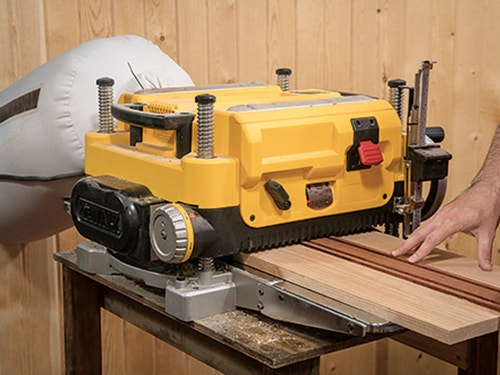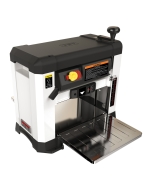Planer and Jointer Options
Planers and jointers are essential tools for achieving smooth, flat surfaces and precise dimensions.
It's important to understand the function of these tools in your shop and what to look for before you buy them. We'll take a look at the options that exist for the two. Jointers come in many styles. Benchtop jointers are space-saving and even portable, while mid-sized jointers offer more power and table surface area. One of the author's favorite options is the planer/jointer combo machine, which offers an all-in-one surfacing solution.
Jointer Options
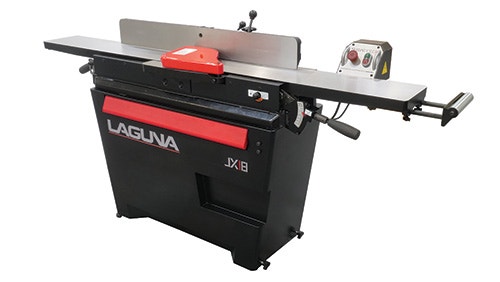
As with most woodworking machinery, jointers are made in several sizes. Benchtop jointers are small enough to be portable and are powered by universal motors (like you would find in a handheld router). They have the shortest infeed and outfeed tables. Mid-sized jointers are floor-standing with heavier-duty induction motors and, typically, castiron tables. They have 6" or 8"-wide cutterheads. Some mid-sized jointers have very long infeed and outfeed tables, while others are more compact. (Longer tables are preferable if you have the shop space, because they offer more bearing surface for flattening longer boards.)
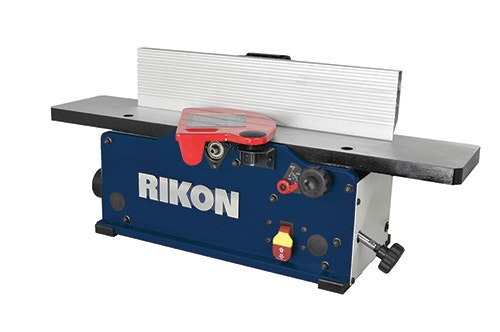
Wider cutterheads make it even easier to flatten wide boards, which is where the 12" cutterheads of large, production-grade jointers excel.
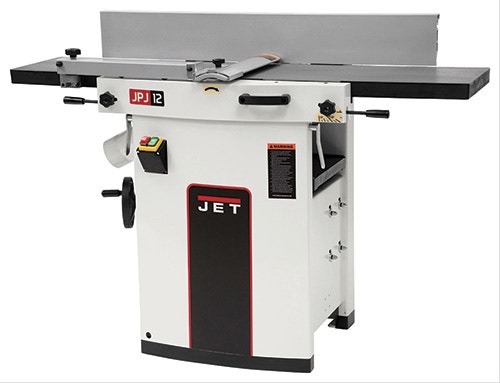
As you may expect, price generally increases as cutterheads get wider and tables get longer, motors get larger and more components are made of cast iron.
Planer Options
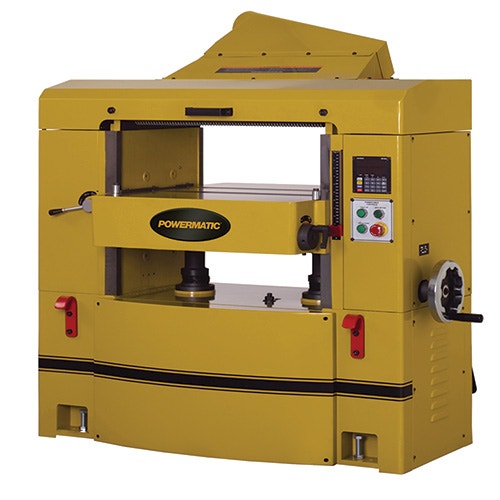
Within my lifetime, the quality of home-shop planers has improved significantly. Some benchtop planers do a fantastic job of surfacing wood to a very smooth finish. The tendency of them to snipe, or create a short area of deeper cutting on board ends, has been significantly reduced.
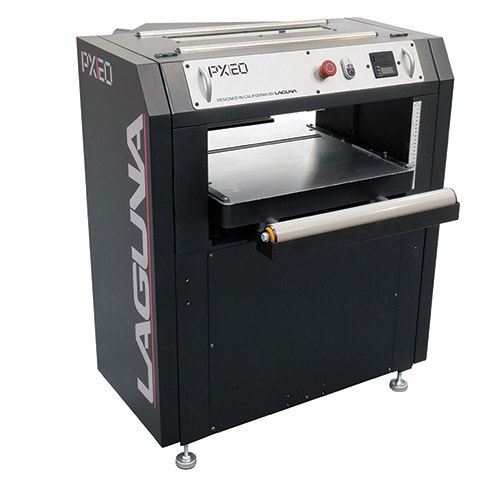
For most home shops, a benchtop planer is an excellent value that performs well and saves floorspace. But their universal motors are very noisy.

Floor-standing planers use quieter induction motors rated for continuous-duty use. They also can have wider cutterheads than the 12" or 13" sizes of typical benchtop planers. Their sturdier construction can handle long or heavy lumber with ease.
Keep the inspiration coming!
Subscribe to our newsletter for more woodworking tips and tricks
